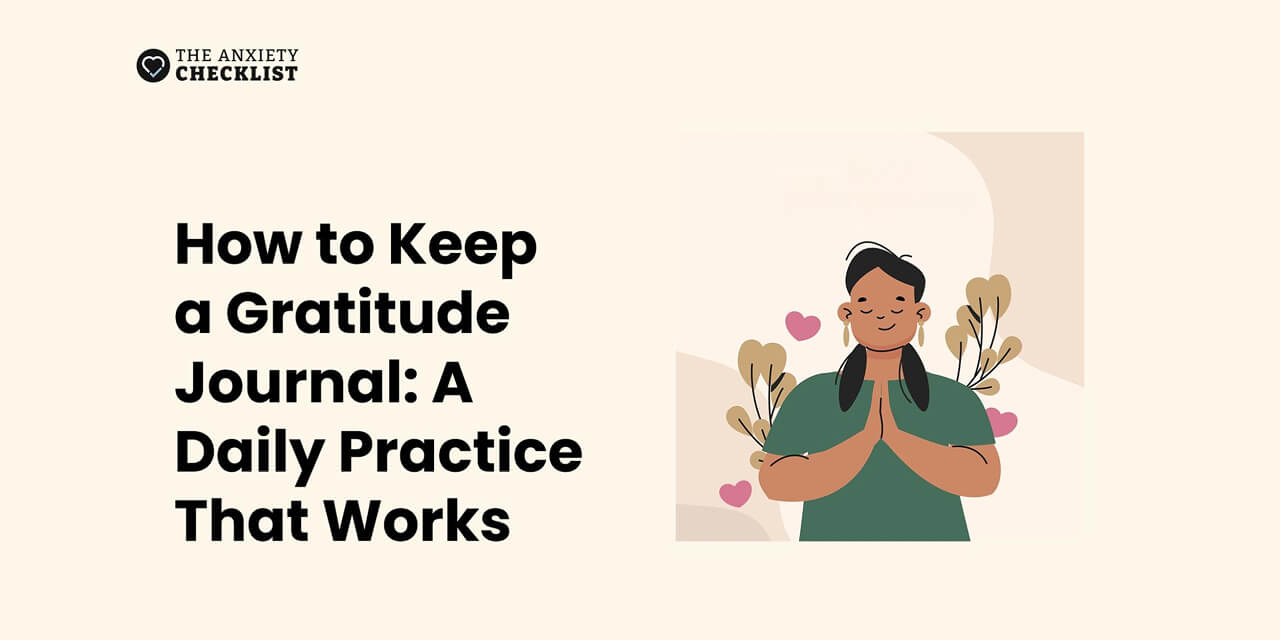The Key Principles of Gratitude
Gratitude is a practice that can transform how you relate to life, yourself, and others. At its core, gratitude is about recognizing the good and allowing that recognition to shape your thoughts, actions, and emotions.
Here are the key components that form the basis of gratitude:
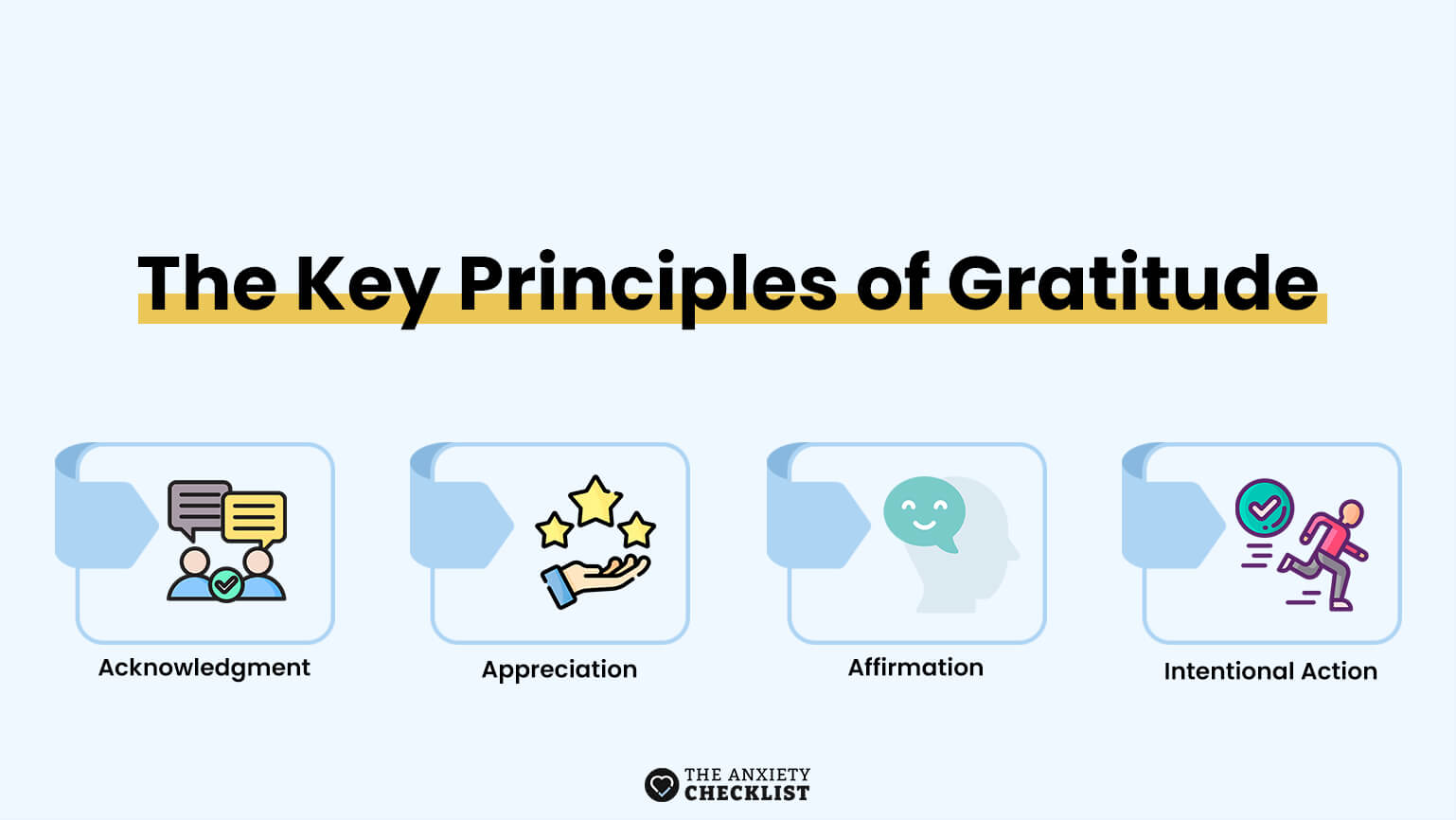
What Is a Gratitude Journal?
A gratitude journal is a dedicated notebook, digital document, or journaling app where you record moments, things, or people you are thankful for.
Gratitude journal entries can vary in form. Some people prefer brief bullet-point lists of daily blessings, while others enjoy writing full paragraphs that reflect on specific events, memories, or emotions.
There is no single right way to keep a gratitude journal. What's important is developing a daily journaling practice that suits your personality and lifestyle. The practice of daily journaling trains your mind to focus on what’s going well rather than what’s missing.
What differentiates a gratitude journal from other types of journals is its focus, which is appreciating the good in life. While a traditional diary or personal journal might cover the full range of daily experiences.
In a personal journal, you may write about your frustrations, confusion, and emotional wounds, but a gratitude journal is intentionally framed around positive recognition. This practice is widely supported by mental health professionals and therapists as an effective tool for regulating anxiety or stress response.
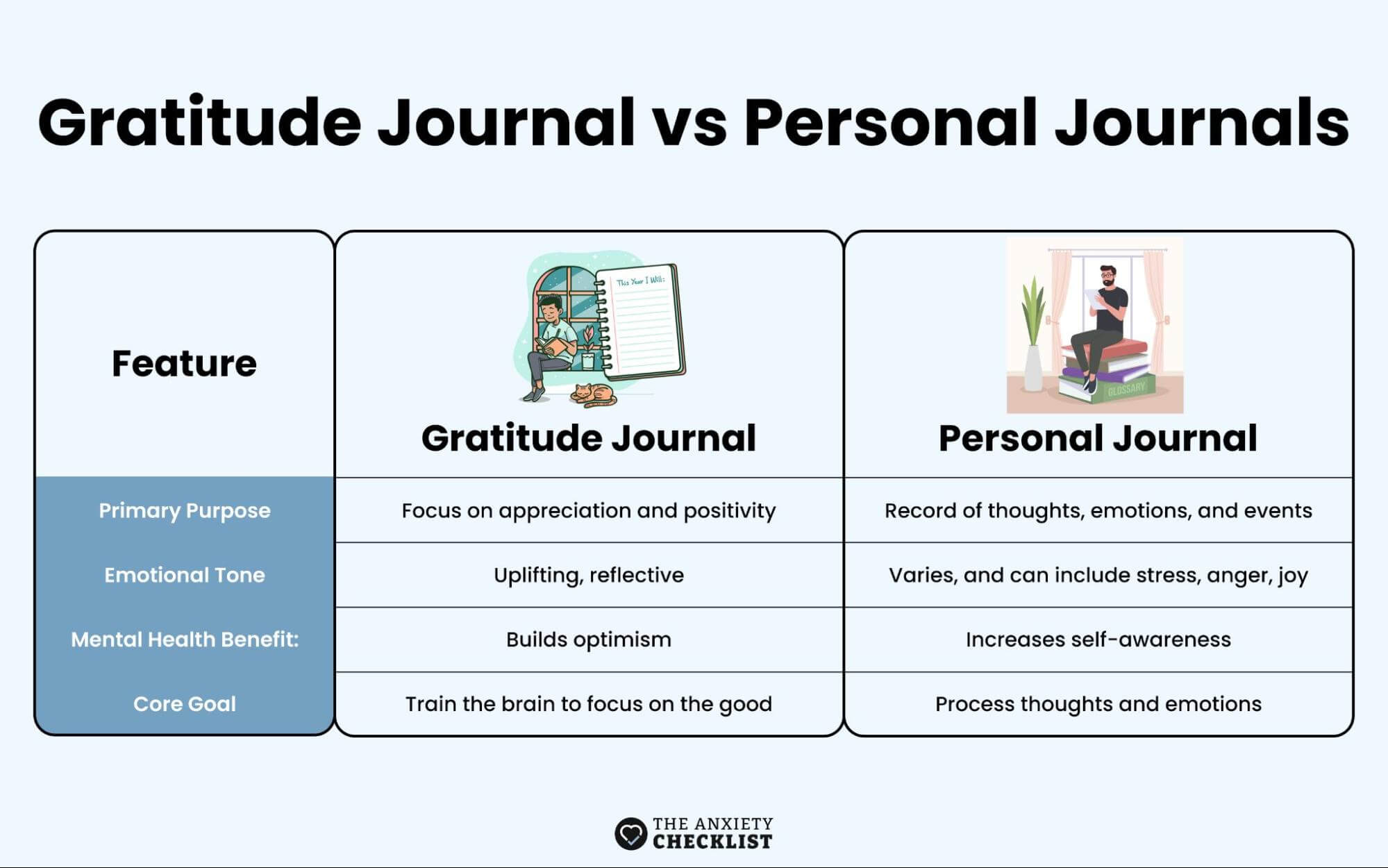
This practice is widely supported by mental health professionals and therapists as an effective tool for regulating anxiety or stress response.
Some people also find it helpful to pair gratitude journaling with deeper reflective practices like shadow work, which involves exploring the hidden or suppressed parts of yourself.
While gratitude helps you tune into the light, using shadow work prompts helps you understand the darker emotions that may be fueling your anxiety—creating space for more balanced healing.
How to Start a Gratitude Journal
Starting a gratitude journal is simple, but developing it into a lasting habit takes intention. Here are some practical steps to help you begin:
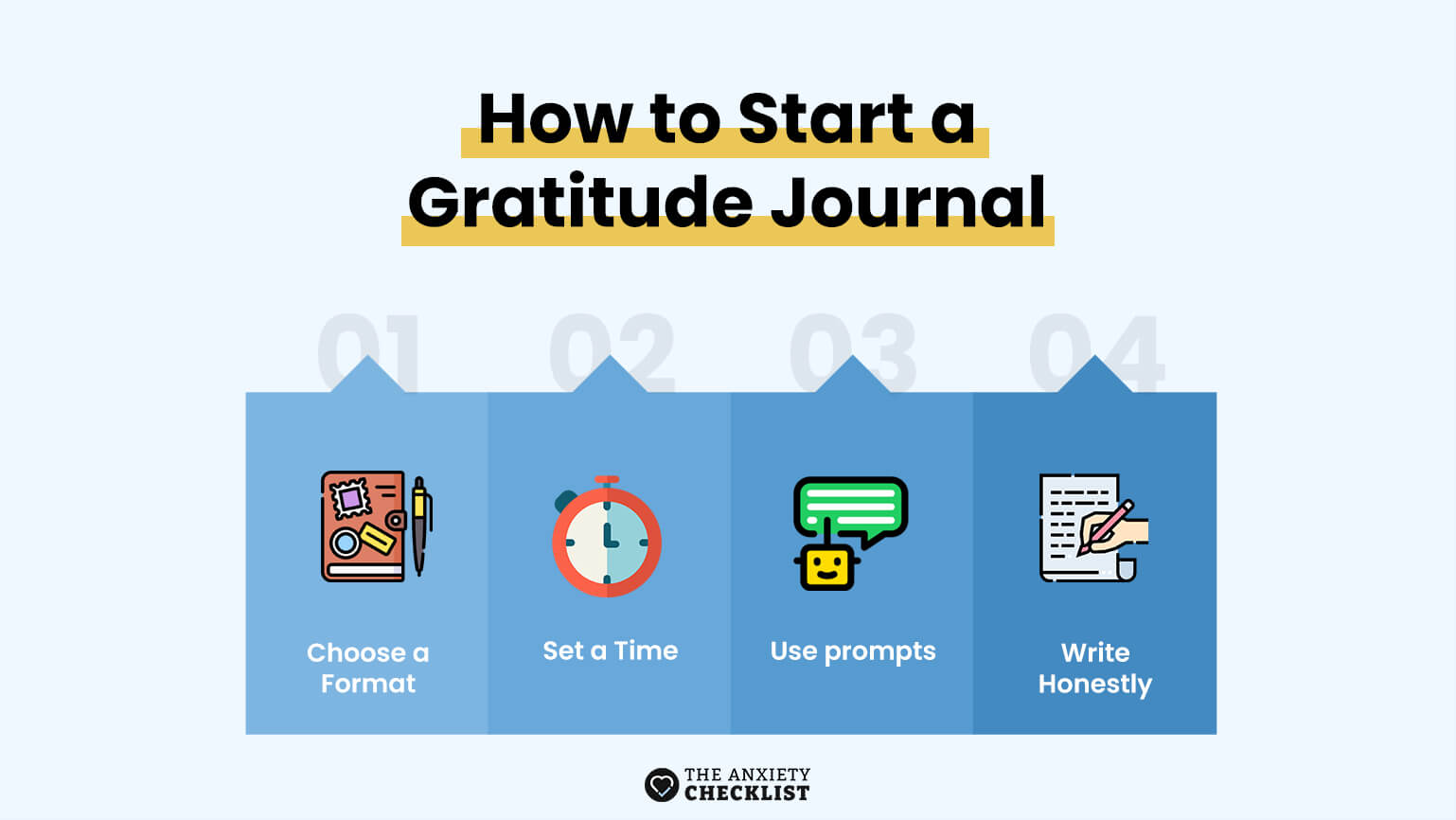
The Science Behind Gratitude Journaling
Neuroscience shows that gratitude activates the brain’s reward system, particularly the hypothalamus and the ventral tegmental area. When you actively practice gratitude, these areas release dopamine and serotonin, the happiness chemicals that enhance mood and positive emotion.
One of the most transformative aspects of keeping a gratitude journal is emotional rewiring. Through consistent meditation on things you’re thankful for, the brain gradually forms new neural pathways that support emotional regulation.
Several scientific studies back these claims. A study published in Psychotherapy Research found that individuals with anxiety triggers and depression who wrote letters of gratitude for four weeks reported improved mental health even 12 weeks after the exercise ended.
Another research study found that participants who kept gratitude journals during the COVID-19 pandemic reported decreased stress and negative mood states compared to those who didn’t journal.
All these findings highlight the biological and emotional benefits of daily gratitude practice as a scientifically supported mental health strategy.
Daily Gratitude Practice: 11 Things You Can Write About
One of the common obstacles people face when starting a gratitude journal is not knowing what to write. The good news? There are countless meaningful, surprising, and deeply personal things to be grateful for every day.
Many of these things you may already be experiencing daily without noticing. The key to a successful daily gratitude practice is learning how to recognize both the obvious and the subtle blessings in your life.
Here are some key journaling prompts for your gratitude journal practice.
1. People Who Impacted You (Positively or Unexpectedly)
Choosing a seat near the wing can make your flight feel safer. This area of the plane experiences less turbulence, which can ease flying anxiety.Relationships play a key role in our emotional well-being, and social psychology shows that meaningful connections can impact our happiness.
When writing in your gratitude journal, take time to reflect on the people who have supported, inspired, or even challenged you to grow. These reflections foster an attitude of gratitude and shift your focus to positive things in your life. This can include:
Writing about people you appreciate in your gratitude journal can help strengthen your emotional connections and may even prompt you to express gratitude to them directly.
2. Small Joys and Simple Pleasures
Not everything in your gratitude journal needs to be big or life-changing. In fact, the small, everyday pleasures can bring the most consistent joy and satisfaction. Some examples to write in your gratitude journal include:
These seemingly minor moments reflect the positive aspects of daily life that are easy to overlook, especially if you’re prone to overthinking.
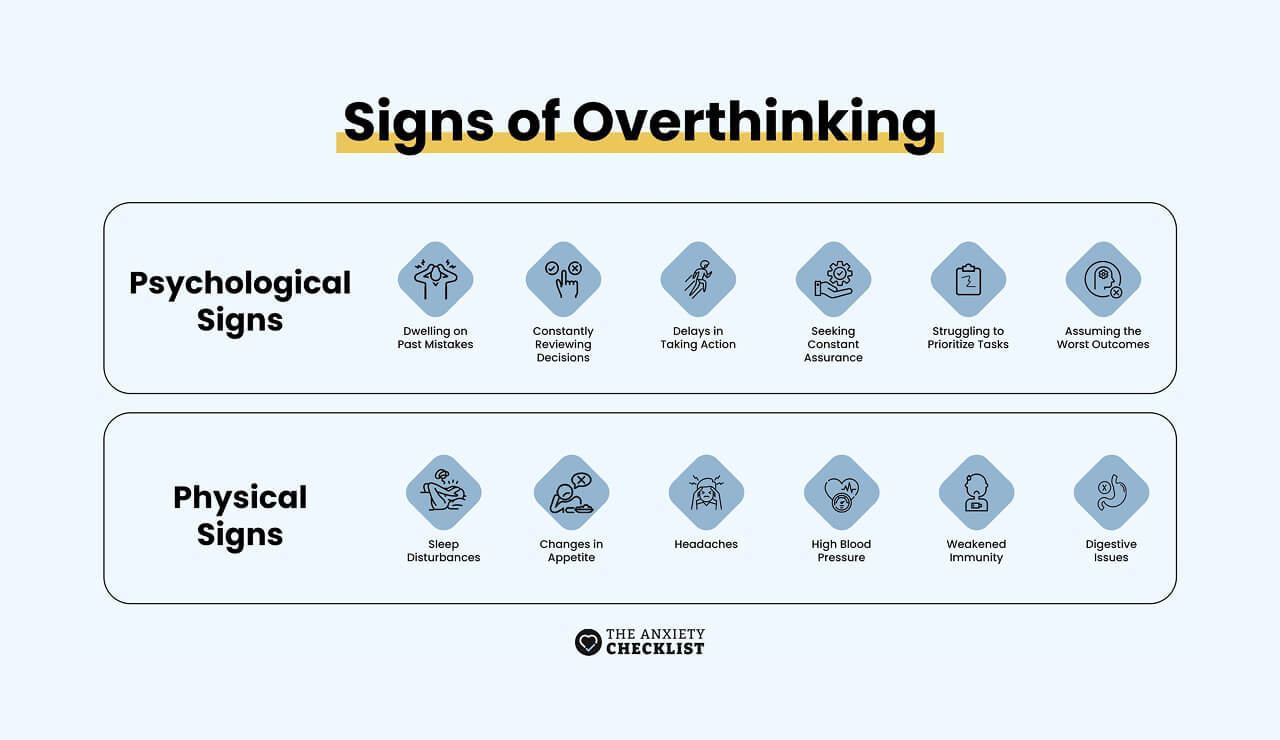
3. Challenges That Taught You Lessons
Gratitude doesn’t mean ignoring difficulties, but acknowledging the growth they bring. When you use your gratitude journal to reflect on challenging experiences, you begin to see how those moments shaped your growth and character.
These meditations can help reframe your mindset by spotlighting the good things hidden in the struggle. Over time, it creates a positive impact on your emotional resilience and helps you boost happiness even during life's rough patches.
Here are some examples of these growth moments you can write in your gratitude journal.
4. Personal Growth and Self-Achievements
When writing in your gratitude journal, don’t forget to include yourself. Often, we look outward for things to be thankful for, but recognizing your own growth can be one of the most powerful ways to boost confidence.
Celebrate the small wins and quiet victories in your gratitude journal. Noting personal milestones reminds you that progress is happening, even if it's not always visible to others.
Here are some personal achievements you might include in your gratitude journal:
One of the powerful benefits of gratitude is how it reshapes your internal dialogue, helping to quiet self-criticism and cope with anxiety disorders.
By including these in your gratitude journal, you can reinforce self-worth, validate your journey, and create a space for positive self-reflection.
5. Nature and the Environment Around You
Being mindful of the natural world is one of the popular grounding techniques to bring inner calm. You can use your daily gratitude practice to recognize the beauty in your environment.
Just like mastering meditation for anxiety or using physical grounding techniques, redirecting your attention to the things happening in your environment can ground you.
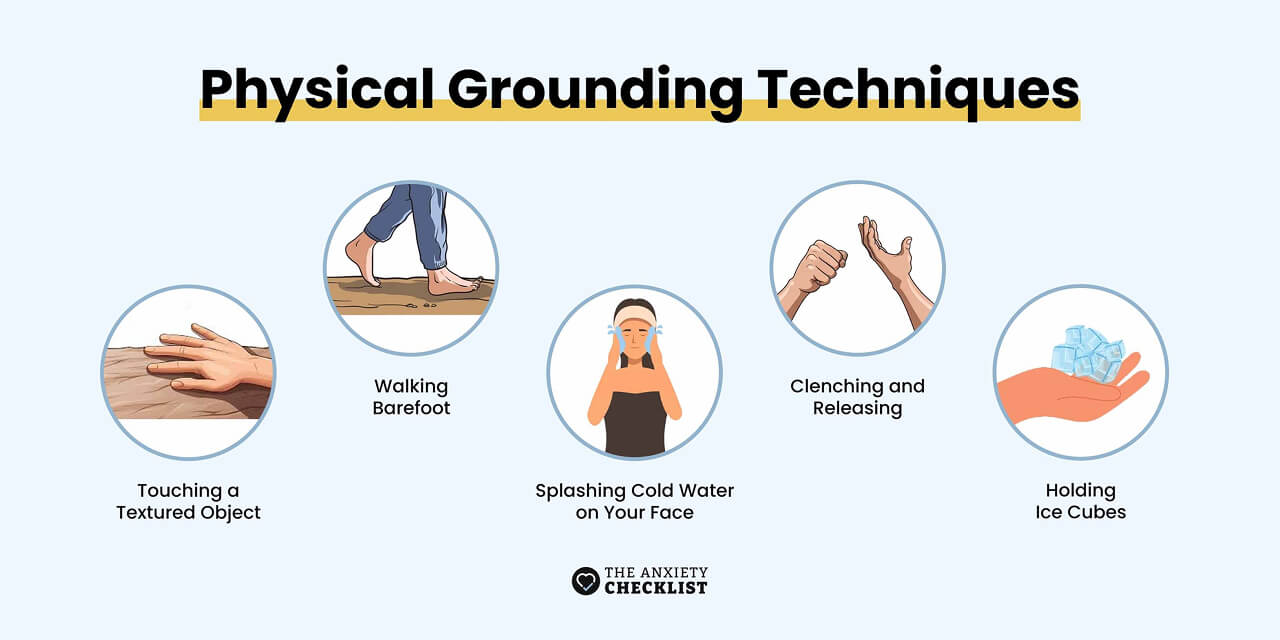
Here are some ways to use nature as a gratitude journal prompt.
When you start noticing the world with gratitude, everyday moments become more meaningful. Nature is also deeply symbolic. The way seasons change or flowers bloom after storms can subtly mirror your emotional journey.
Journaling about these metaphors can help you and understand your feelings process them while staying anchored in hope.
6. Opportunities You Have Access To
One of the most eye-opening practices for your gratitude journal is acknowledging the opportunities and privileges you have access to, many of which others may not.
These are often the invisible blessings we take for granted because they feel routine or expected. But when you reflect on them and note them intentionally in your gratitude journal, they can reshape your outlook and give you a positive mindset about life.
Here are some examples of what to include in your gratitude journal.
Reflecting on these types of opportunities in your gratitude journal helps encourage a shift from scarcity thinking to a mindset rooted in abundance. Instead of focusing on what you don’t have yet, you begin to appreciate what is already supporting your life
7. Positive Affirmations About Yourself
Including positive affirmations in your gratitude journal is a powerful way to reinforce self-worth. While you can use a gratitude journal to list external blessings, it can also be a space to remind yourself of who you are becoming.
Positive affirmations work like seeds; when planted consistently, they grow into self-belief. For example, you can write:
These statements are personal positive mental health quotes for your daily gratitude practice. They help when you're feeling stuck in negative thought patterns.
Gratitude and affirmations complement each other because both require conscious attention to the positive. When you write affirmations in your gratitude journal, you begin to internalize those truths.
Over time, this daily journaling ritual can help rewire your brain to think more kindly about yourself, which is important for managing anxiety or low self-esteem.
8. Dreams, Hopes, and Future Blessings
Gratitude isn’t only about recognizing what has happened, it’s also about appreciating what could happen. Including your dreams, hopes, and anticipated blessings in your gratitude journal is a great way to foster gratitude and an optimistic mindset.
This daily gratitude practice is helpful when you're in a season where your present circumstances feel heavy or stagnant. Instead of only recording what you already have, you're also giving thanks for what’s on the way.
Writing about the future in your gratitude journal might include things like a trip you’re planning or a new job opportunity you're pursuing. These forward-looking entries are subtle forms of vision-setting and can help you align your mindset with your goals and desires.
9. Moments of Emotional Clarity
Another transformative entry you can make in your gratitude journal is writing about moments when you finally understand your feelings. It could be that you recognized a toxic pattern or forgave yourself for something wrong.
These moments, though often subtle, show emotional maturity and deserve recognition. Writing about these realizations in your gratitude journal helps you document the progress you're making.
If you're prone to anxiety or panic attacks, writing about emotional moments can help you feel grounded by celebrating how far you’ve come in emotional maturity.
When you give yourself space to reflect and express gratitude for your emotional breakthroughs, you can process and understand difficult feelings and build emotional resilience.
10. Acts of Kindness You Showed to Others
Your daily gratitude practice doesn’t have to focus on what you receive; it can also highlight what you give. Reflecting on the kind or generous actions you’ve offered to others can help strengthen your identity as a caring and capable person.
This may include both large and small gestures, thoughtful moments that made a difference in someone else’s day.
Examples of this might include:
By documenting these in your gratitude journal, you reinforce your personal values and increase feelings of connection and self-worth.
Frequently Asked Questions
If you’re interested in keeping a daily gratitude journal, start by choosing a medium that suits your preferences. This could be a traditional notebook, a diary, or a digital app.
Once you have your gratitude journal, set aside a few quiet minutes at a consistent time each day. This can be in the morning to set a positive tone for the day, or in the evening to reflect before going to sleep.
When writing in your gratitude journal, focus on a few things that you genuinely appreciate. If you’re unsure where to start, use prompts to help you reflect on different aspects of your life.
There’s no structure for a gratitude journal, but many people find it helpful to use a simple and consistent format. Here are some common things you can include:
Final Thoughts
Previous Article
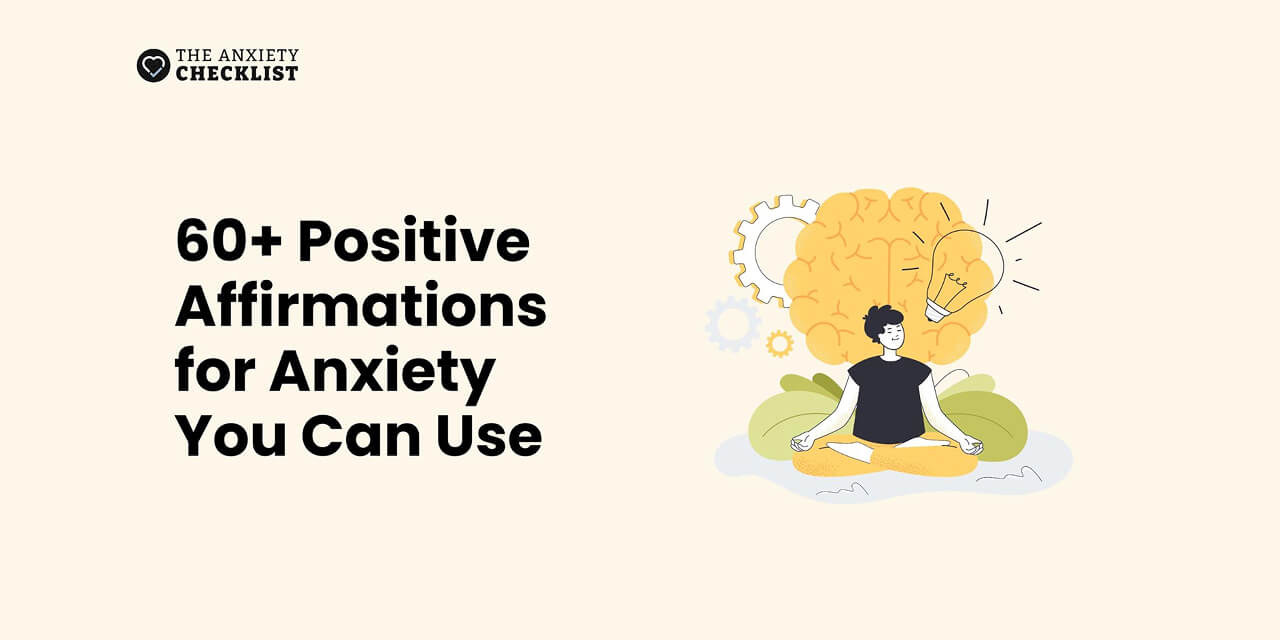
60+ Positive Affirmations for Anxiety You Can Use
Next Article
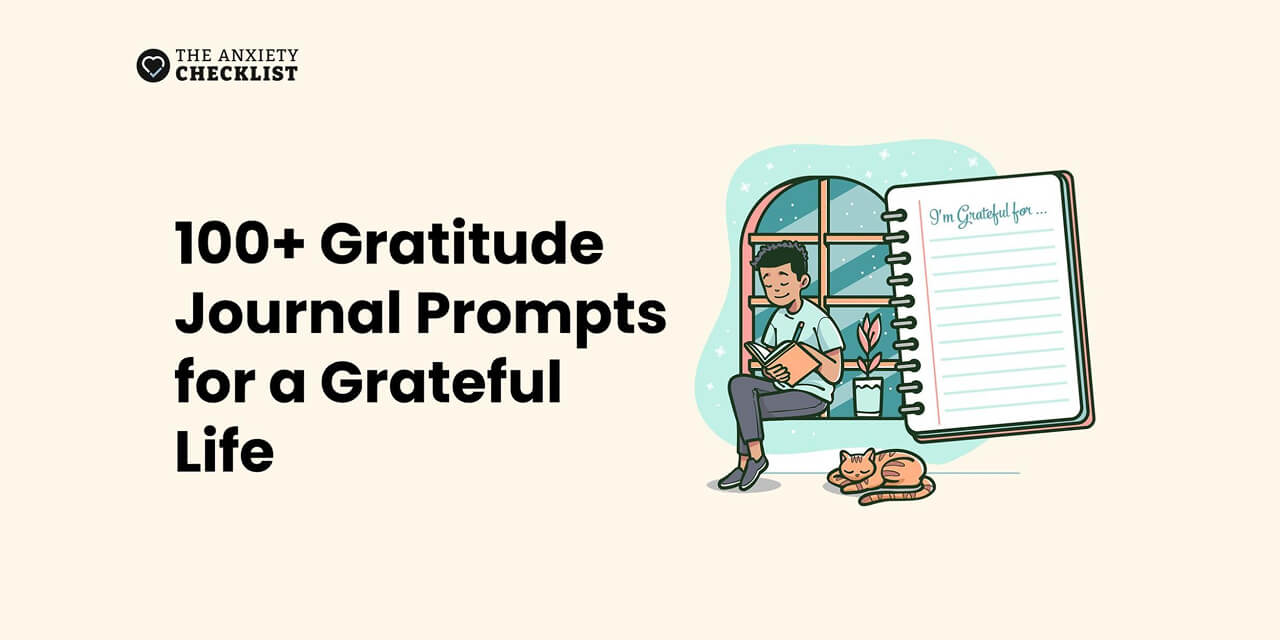
100+ Gratitude Journal Prompts for a Grateful Life

Advertisement
BetterHelp
BetterHelp makes starting therapy easy. Get a tailored therapist match based on your needs and preferences - in as little as 24 hours!
Enjoy 20% off your first month with code "anxietycheck"

4 million+ Helped
Access Therapy 24/7
Preferred by 94% of users
If you are in a crisis or any other person may be in danger - don't use this site. These resources can provide you with immediate help.


